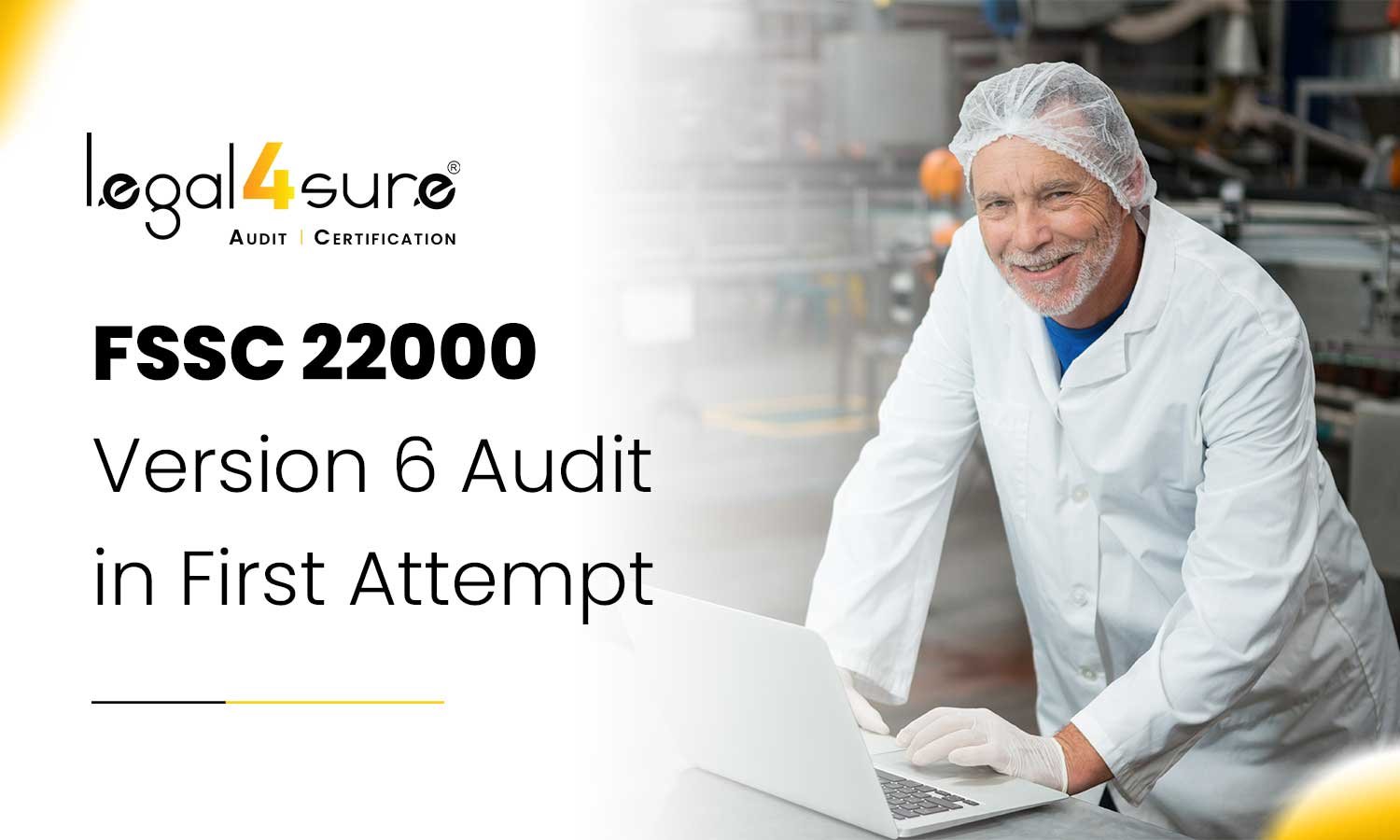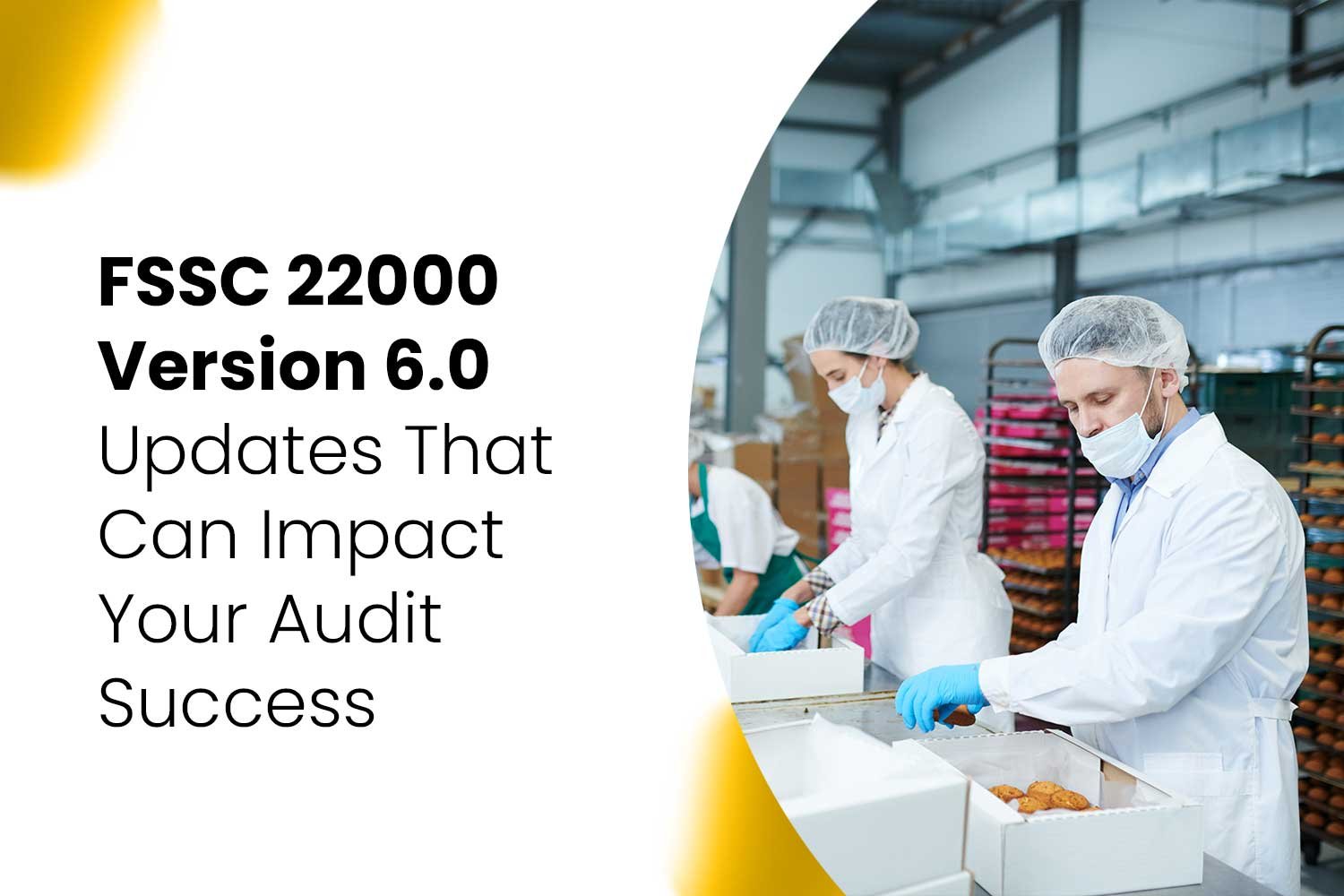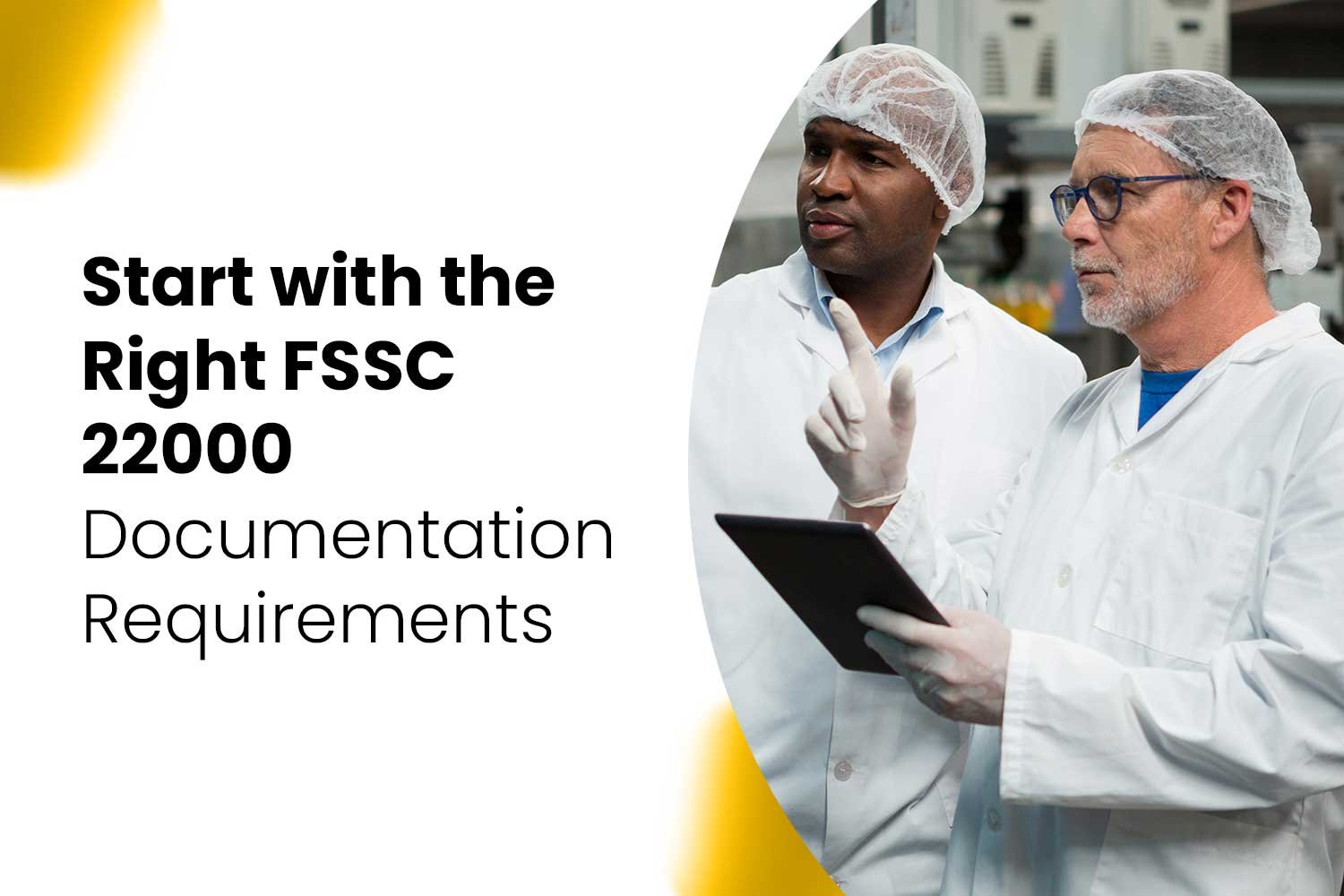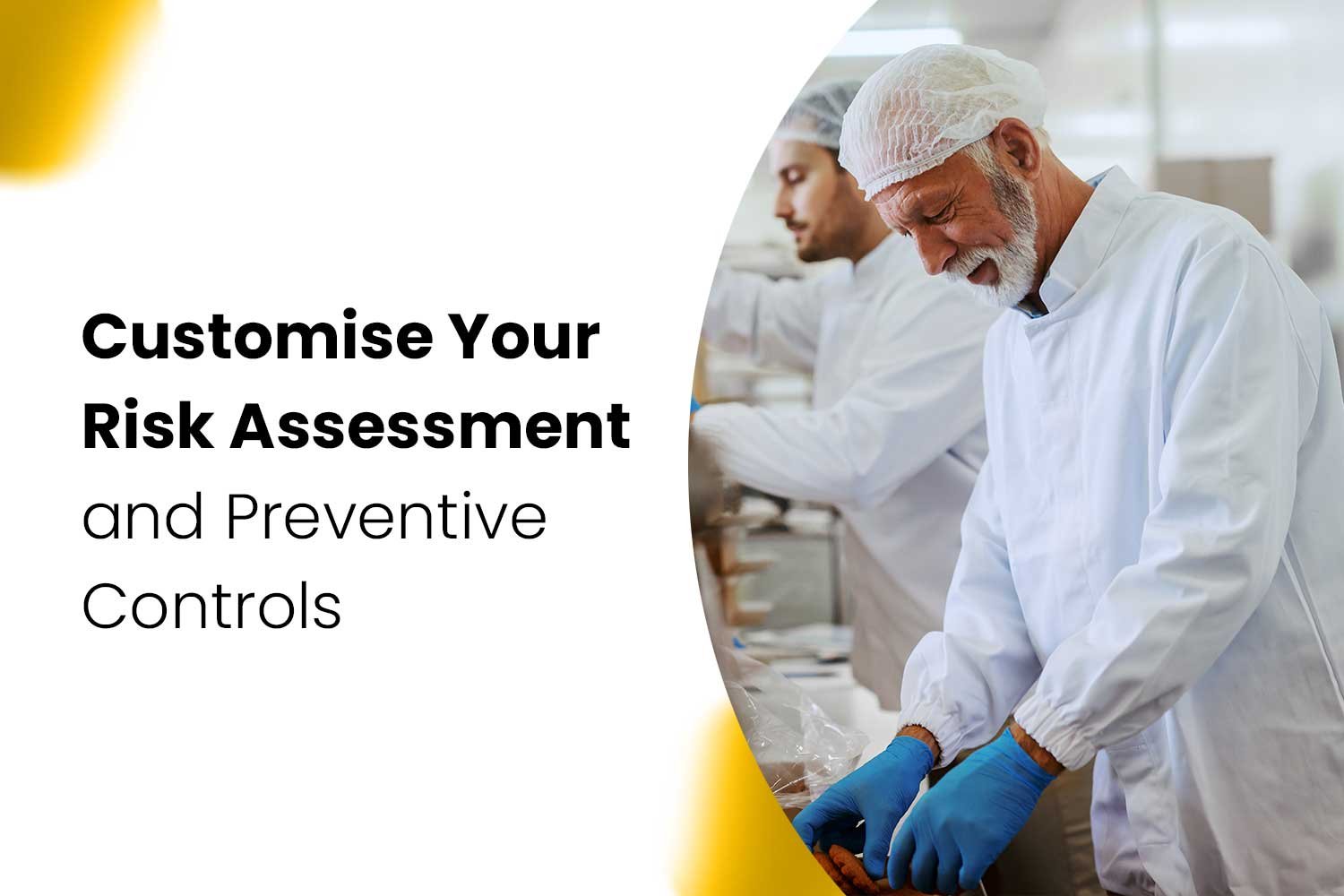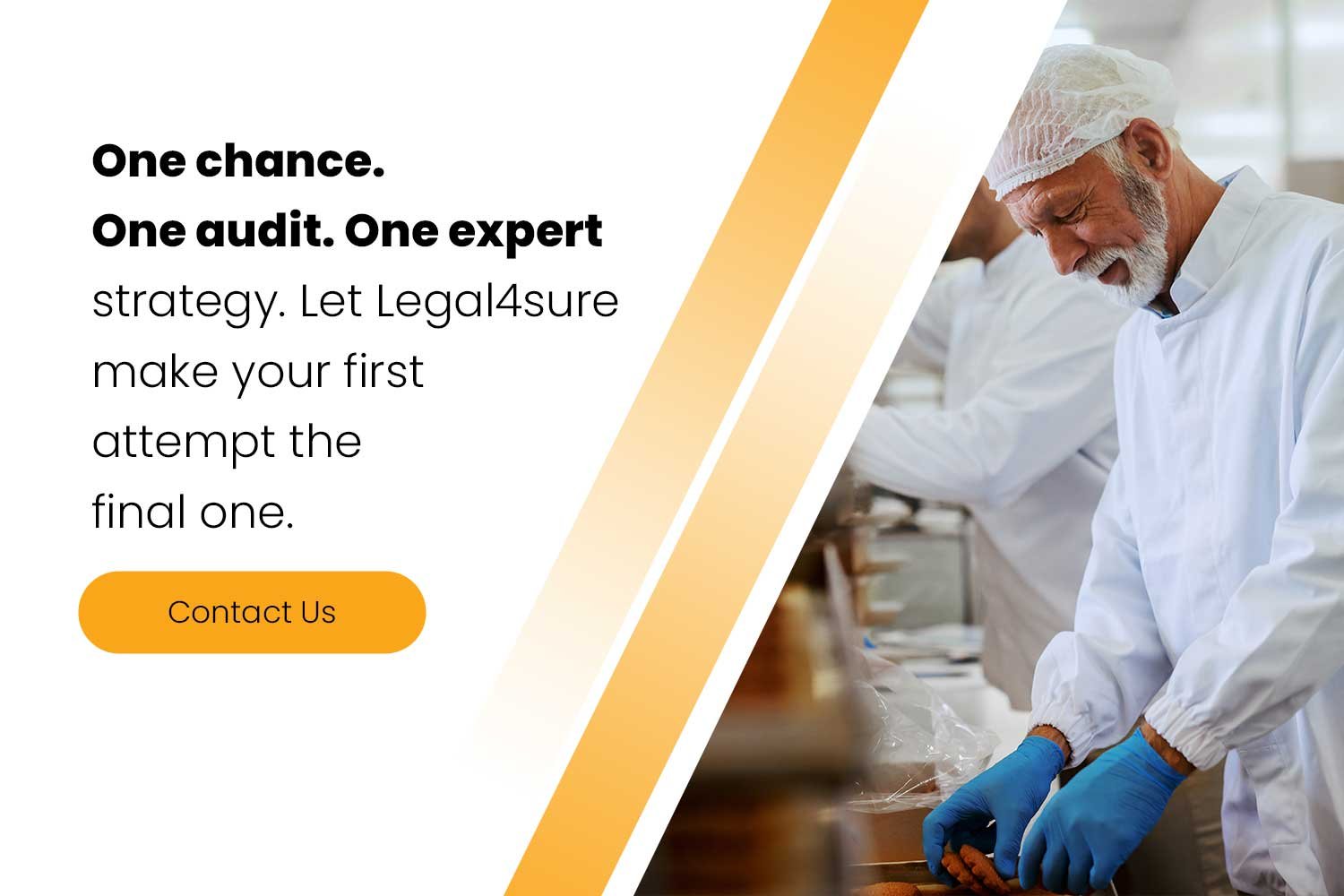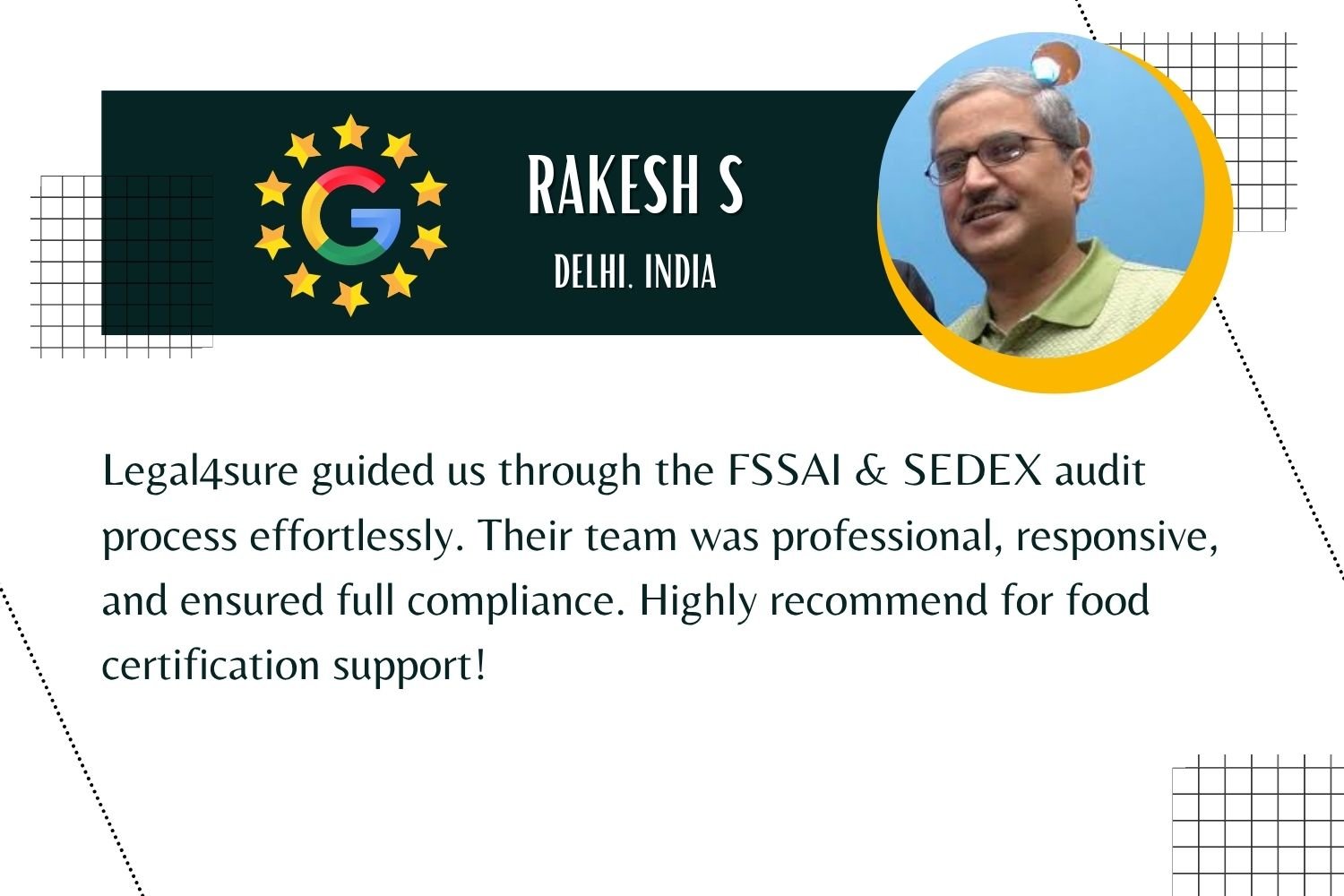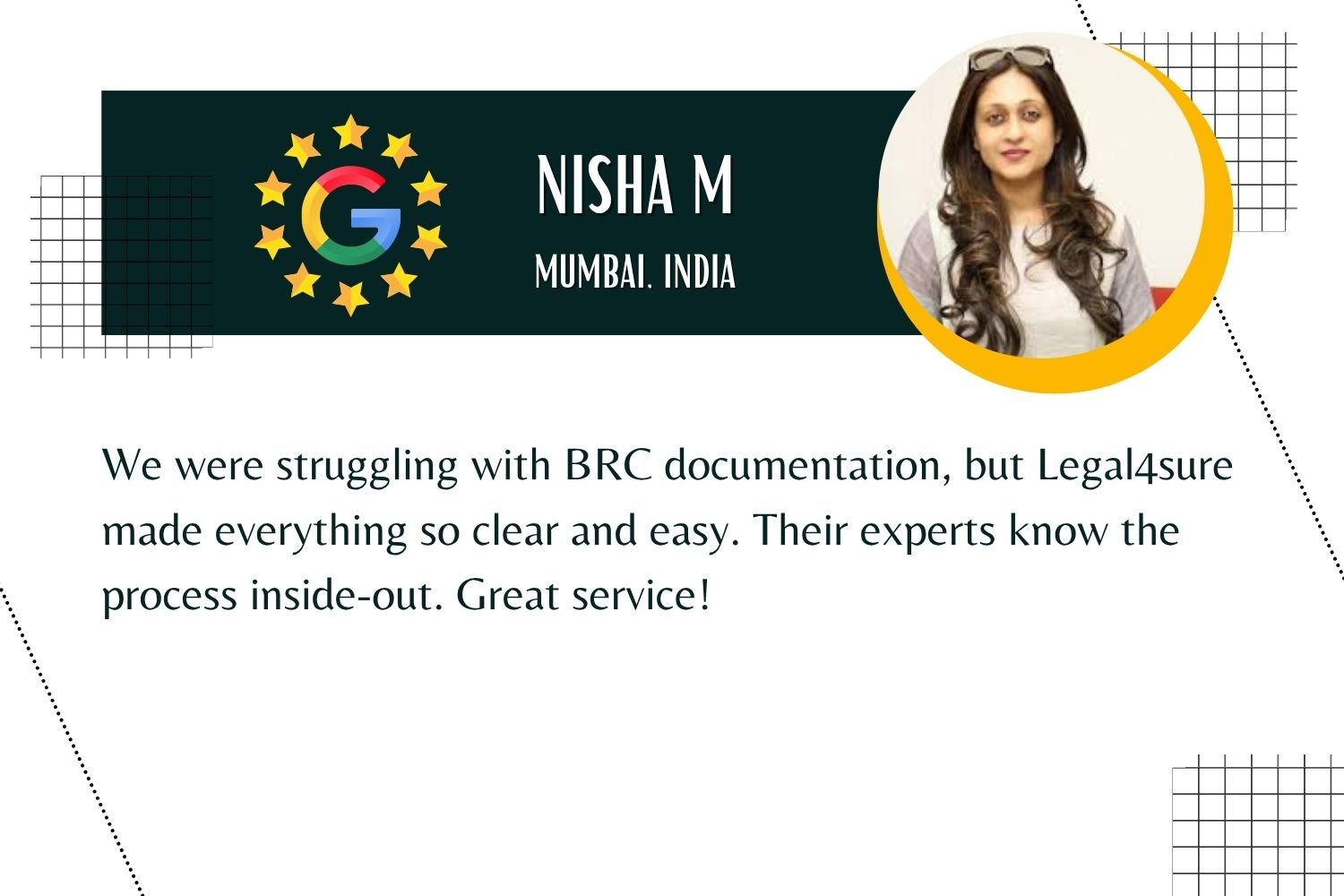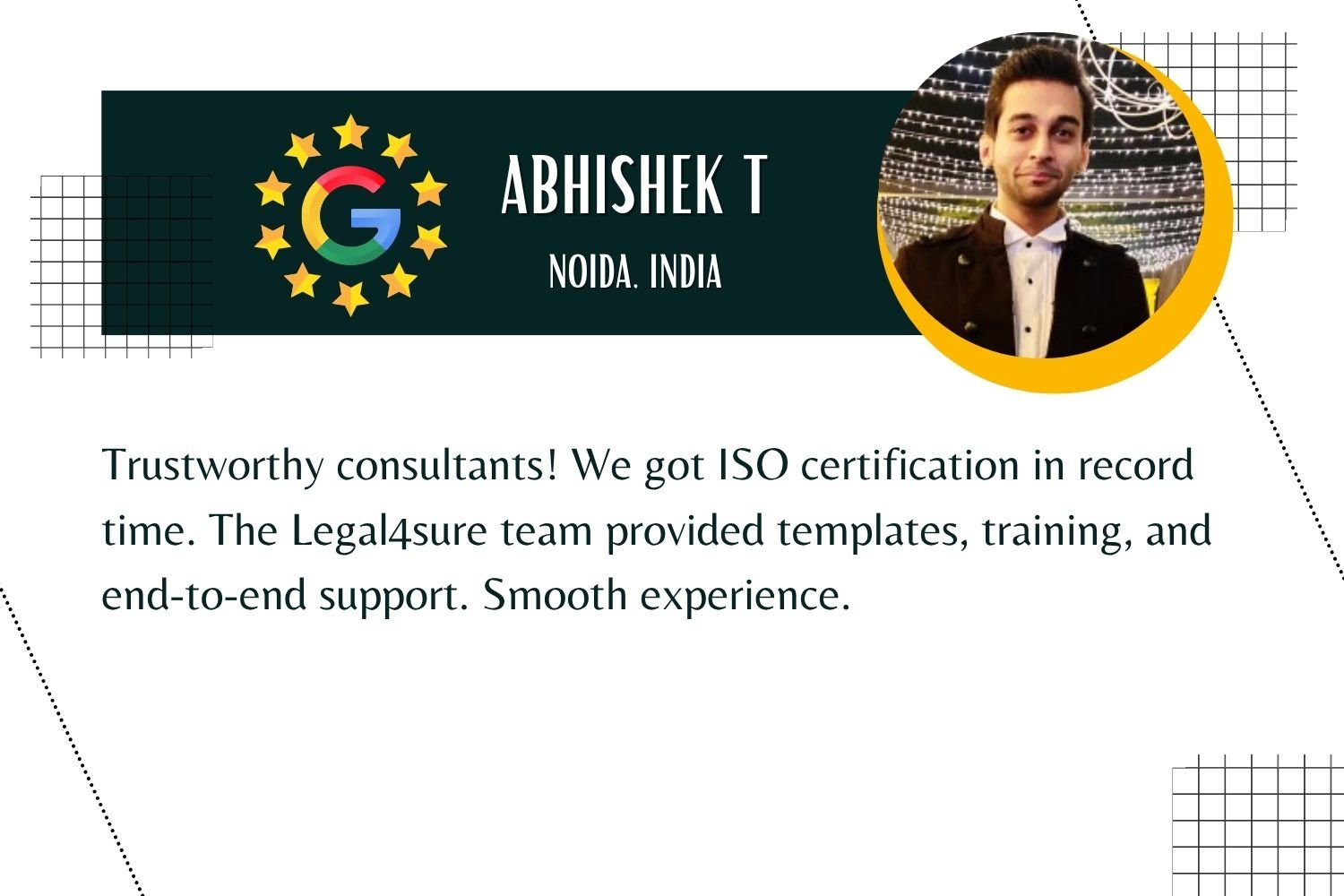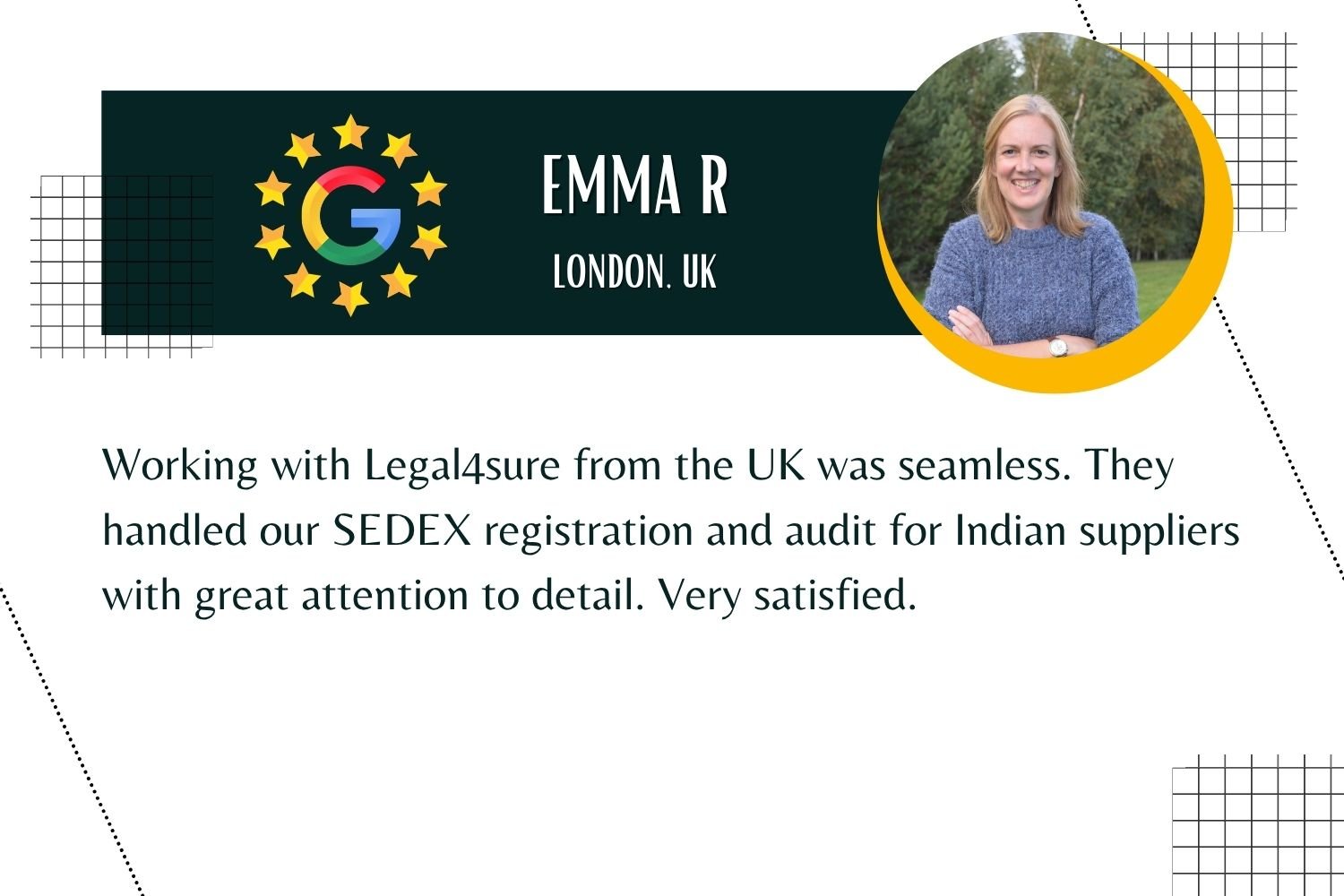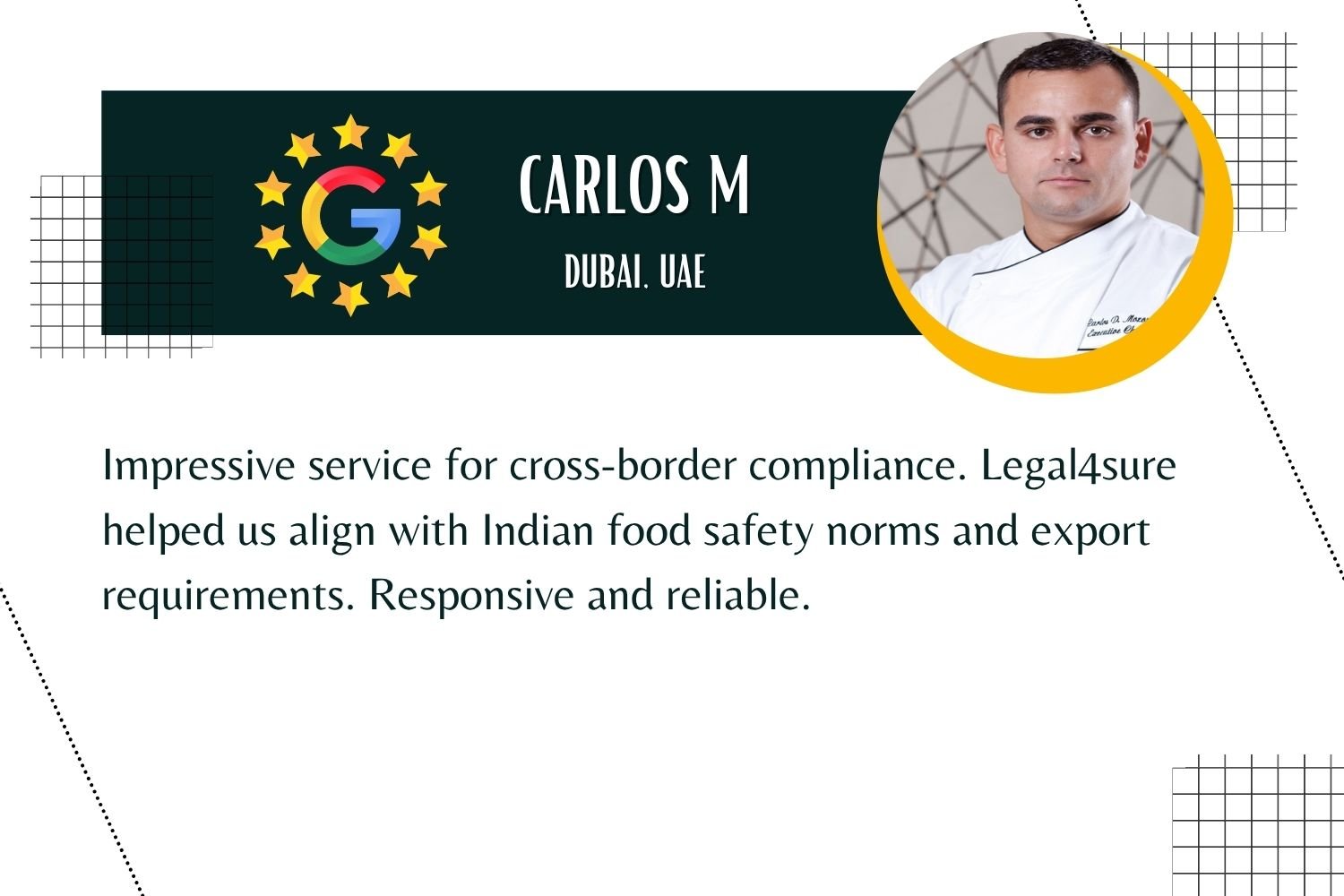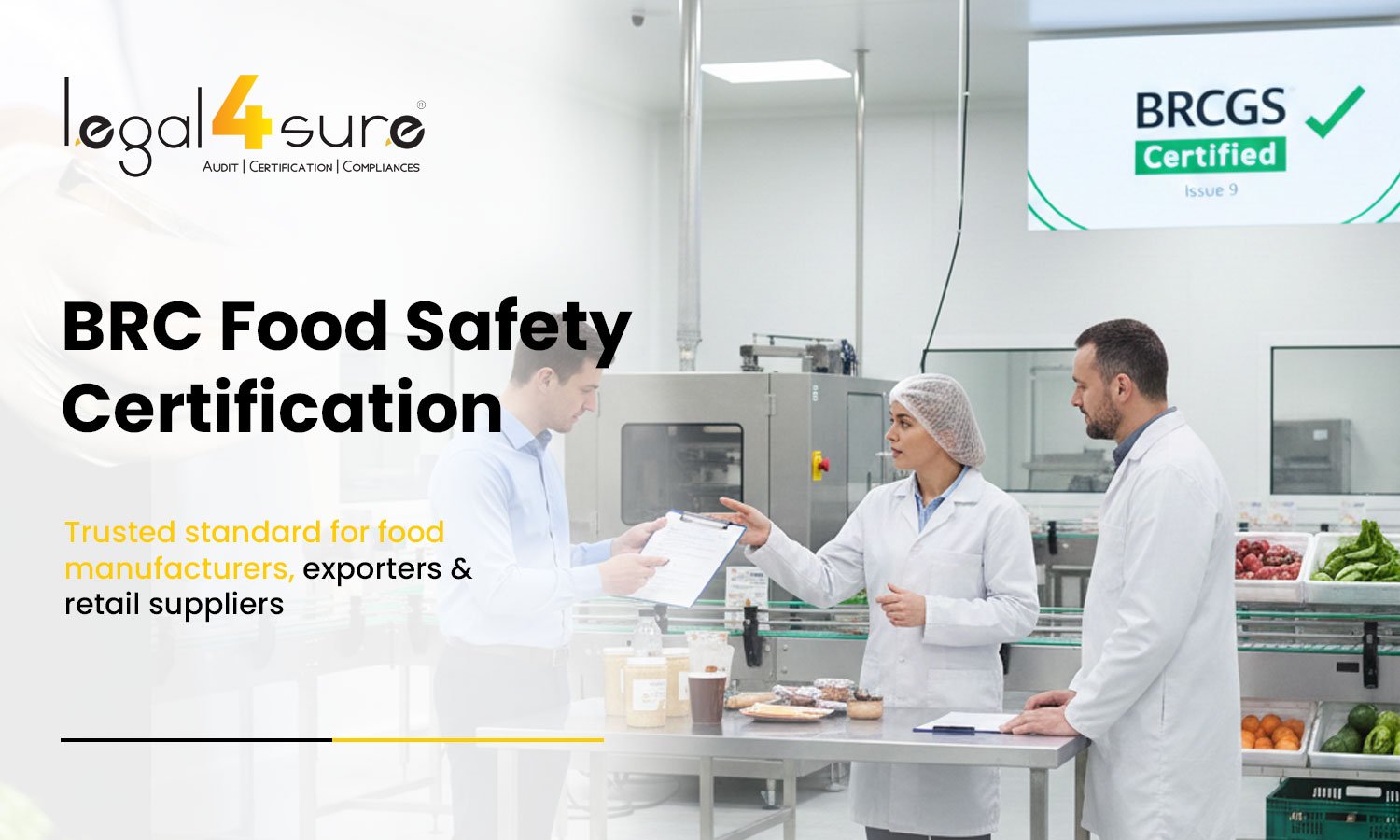You’ve set up strong systems, trained your employees, and streamlined production, but passing the FSSC 22000 Version 6 Audit in First Attempt is a different challenge. The stakes are high, and there’s no room for errors. This guide walks you through proven steps, practical advice, and regulatory clarity to help your team stay confident and prepared. With the right approach, you can clear the audit smoothly, protect your brand, and impress global buyers from day one.
FSSC 22000 Version 6.0 Updates That Can Impact Your Audit Success
Food safety, sustainability, and audit consistency are given greater emphasis in FSSC 22000 Version 6. Significant modifications include new provisions for lowering food waste and loss, managing equipment, and improving quality control procedures. The modifications are intended to boost transparency, comply with GFSI benchmarking standards, and build confidence among international stakeholders.
There is also more emphasis on the function of top management, the proficiency of staff, and risk-based decision-making throughout the business. These changes guarantee that, in today’s complicated supply chain, food companies are not just compliant but also show that they are actively taking responsibility.
These updates are essential to understand and implement, since Version 6 requires demonstration of the functionality of your systems in real-time, as opposed to merely on paper, in order to be audit-ready.
Start with the Right FSSC 22000 Documentation Requirements
The first essential step in passing an FSSC 22000 Version 6 Audit on the first attempt is having thorough, precise, and audit-ready paperwork. This consists of:
- Modernised food safety regulations
- Responsibilities and roles are clearly defined
- Version 6 updates align with established CCPs and PRPs.
- Records of internal audits
- The results of management reviews
- Reports of remedial measures
Regard these as the basis of your audit. Regardless of how effective your systems are, they cannot speak for themselves if your paperwork is unclear or incomplete.
Build Your Strategy Using FSSC 22000 V6 Audit Checklist
Your roadmap for the FSSC 22000 v6 audit checklist is not merely a formality. Use it for:
- Conduct mock audits internally
- Assign accountability for each checklist item
- Align process owners with documentation trails
- Validate corrective actions before the real audit
This list should be as familiar to your internal team as it will be to your lead auditor. Everyone working in the office or on the floor should be clear on what to anticipate when the real audit begins.
Train Your Team to Own the Process and Not Just Follow It
A team that is prepared for an audit knows the “why” as well as the “how.” Begin your training early.
- Divide each provision into realistic, straightforward instances.
- Auditor-related role play
- Describe the effects of non-conformities
- Emphasise the need for keeping records in real-time
In order to pass the FSSC 22000 Version 6 Audit in the first attempt, it’s more important to cultivate ongoing awareness than to make any last-minute efforts. Staff buy-in is essential since they are the ones who daily make your food safety narrative come to life.
Avoid Common Mistakes That Lead to Non-Conformities
Most factories make mistakes in this area:
- Changes to the documentation at the last minute
- During the audit procedure, roles are unclear
- outdated formats or incomplete records
- Over-coaching employees using formulaic scripts
- Ignoring adherence to rules regarding infrastructure and equipment
An experienced auditor can readily spot these gaps. Instead, focus on strategies for successfully passing the FSSC 22000 Version 6 Audit on the first attempt, paying particular attention to consistency, control, and assurance.
Read more: Non-conformities found in FSSC 22000 version 6
Conduct Mock Audits with Real Pressure
Simulation is the best. Set up practice audits with outside experts or someone who wasn’t engaged in your implementation. Treat it as though it were the genuine article:
- Get the timing right.
- Use real checklists.
- Only step in if necessary.
- Conduct a debrief right away after that
In addition to getting your team ready for the actual audit setting, this also improves how you react to unanticipated auditor queries.
Customise Your Risk Assessment and Preventive Controls
Your risk assessment should be specific because Version 6 focuses on food loss and waste. Make it reflect:
- Modifications to the logistics of the supply chain
- Trends in the deterioration of equipment
- Failures in temperature management and storage
- New training needs or staff turnover
Combine these findings with effective preventative measures. The questions auditors will ask you are how you identify risks and what actions you’ve taken in advance. Make sure you get ready by gathering facts, taking action, and producing results so you can ace the FSSC 22000 Version 6 Audit in your first attempt. The team agrees with your vision, your deeds match your documentation, and your practice matches your words.
Keep Senior Management Involved Throughout
The audit covers more than just your QA section. The audit now includes quantifiable evidence of leadership presence and participation. Ensure that:
- Major documents are signed off by senior management.
- They participate in the first and last sessions.
- They are aware of significant risks and their countermeasures.
The FSSC 22000 Version 6 compliance recommendations are based on accountability at all levels, which demonstrates a commitment from top to bottom.
Build a Culture, Not Just a Checklist
In the end, passing the FSSC 22000 Version 6 Audit on the first attempt is about making food safety a part of your culture. You automatically reduce errors, increase traceability, and establish confidence with auditors when your team lives the process, not just documents it.
Take this opportunity to:
- Celebrate little victories along the way.
- Share tales of audit success among teams
- Encourage employees to offer their thoughts on strategies for ongoing improvement.
- Keep food safety in mind at all times, even after the audit.
Final Thoughts Before the Audit Day
Consistency, not perfection, is the goal of preparation. Make sure your team agrees with your vision, your deeds match your documentation, and your practice matches your words. If you follow the expert guidance offered here, you will be ready to complete the FSSC 22000 Version 6 audit on your first attempt with confidence and reliability.
One chance. One audit. One expert strategy. Let Legal4sure make your first attempt the final one.
Dial Now for Instant Support: +91 9870304757
Frequently Asked Questions
How is FSSC 22000 Version 6 different from the previous version?
The improvements in version 6 include a greater emphasis on senior management participation, as well as updates on food waste and loss, equipment management, and sustainability. The objective of these modifications is to bring them into compliance with international standards, enhance the consistency of audits, and increase food safety.
What can I do to make sure I pass the FSSC 22000 Version 6 audit the first time?
Begin by understanding the changes in version 6.0, utilising the official audit checklist, keeping thorough records, providing frequent training for your staff, and performing internal practice audits to identify and address any deficiencies before the actual audit
What papers are necessary to be prepared for an audit of FSSC 22000 Version 6?
Updated food safety manuals, SOPs, risk assessments, training logs, internal audit records, and proof of management reviews by Version 6 standards will be required.
Why is team training crucial for a successful audit?
Auditors frequently interact directly with employees. Employees who are well-trained and comprehend procedures and safety controls can confidently answer inquiries and showcase compliance in real-time.
What part does senior management play in the FSSC 22000 audit?
Top management must take the lead in establishing food safety goals, approving policies, reviewing audit findings, and actively participating in key audit discussions. The extent of their involvement demonstrates your company’s dedication to fostering a culture of food safety.
Does Version 6 require unannounced audits?
Yes. Companies must undergo one unannounced audit within every 3-year certification cycle.
What sectors are covered under FSSC 22000 Version 6?
It covers food manufacturing, animal feed, packaging, catering, retail, logistics, transport, storage, and food ingredients — all updated to Version 6 scope categories.
How long does a Version 6 audit take?
Audit duration is calculated based on ISO 22003-1:2022, considering company size, processes, number of lines, risks, and complexity.
- Beta
Beta feature

